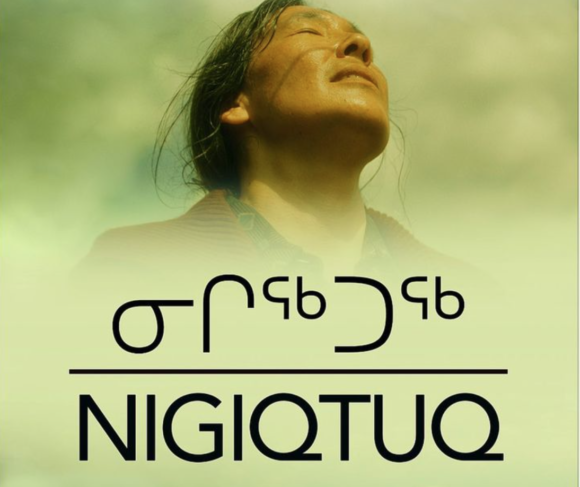Itee Pootoogook, a leading Inuit artist, has died at the age of 63.
“This is a huge loss to Canada,” said Robert Kardosh, director of the Marion Scott Gallery in Vancouver. “Pootoogook was a major artist who helped bring Inuit drawing into the mainstream of contemporary Canadian art.”
Pootoogook was born in 1951 in Kimmirut (formerly Lake Harbour) on Baffin Island, later moving to the nearby village of Cape Dorset. The son of artists Ishuhungitok and Paulassie Pootoogook, Itee began drawing while he was in his twenties, but it wasn’t until the late 1990s that he began to pursue his art-making in earnest. Encouraged by the managers of the printmaking studio in Cape Dorset to explore his unique sensibility, Pootoogook drew inspiration from modern architectural forms and scenes of contemporary life in the North. He produced his first published print in 2008, and in 2010 and 2011 he had his first one-person shows, at Vancouver’s Marion Scott Gallery and Toronto’s Feheley Fine Arts. In 2012, he was featured in a two-person show along with the Ontario artist Tim Zuck at the McLaren Art Centre in Barrie, Ontario. In 2013, Pootoogook was the first Inuit artist to have a solo exhibition at the Contemporary Art Gallery in Vancouver. Many private and institutional collectors have acquired his work, including the National Gallery of Canada and the Art Gallery of Ontario.
Like his cousin Annie Pootoogook, Itee Pootoogook focused in his art on contemporary life in the North rather than traditional imagery. His drawings of vernacular architecture in the North are daring in their simplicity, and his portraits of everyday activities such as watching TV and fixing skidoos are similarly unsettling in their apparent modesty and their claims about the sources and nature of Inuit art. Describing his work as “modestly iconic,” art critic Robin Laurence noted the unique combination of abstraction and realism in Pootoogook’s imagery: “The shallow depth of field seen in many of his drawings of the built environment owes much to the photographs he uses as source material, while the abstract passages of colour in his landscapes suggest a knowledge and appreciation of recent and contemporary western art-making.”
According to William Ritchie, who worked closely with the artist as the Cape Dorset print studio’s longtime manager, Pootoogook will be deeply missed in his hometown: “I pushed him hard and he never let me down, he was a wonderful man.”






